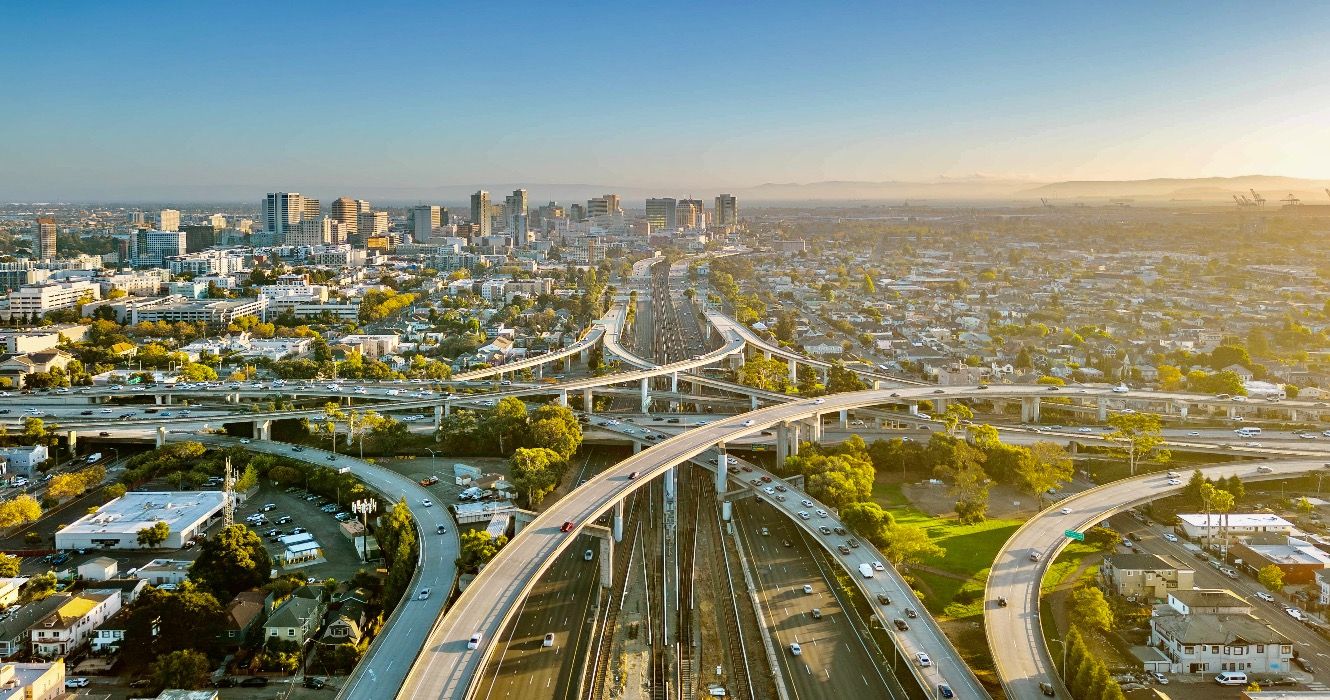The Evolution of Hollywood: A Look at California’s Film Industry
California’s film industry, particularly Hollywood, has been a defining force in global entertainment for over a century. From its humble beginnings in the early 1900s to its current status as the epicenter of cinematic culture, Hollywood has seen a fascinating evolution. This article takes a closer look at the milestones, influential figures, and iconic studios that have shaped the world’s film industry.
1. The Birth of Hollywood
In the early 1900s, Hollywood was just a small community on the outskirts of Los Angeles. However, it quickly became the hub of the American film industry, thanks to its ideal climate and diverse landscapes. The first film studio was established in Hollywood in 1911, and by the 1920s, it was home to the major players in cinema.
Key Moments in Hollywood’s Early Years:
- 1910s: Hollywood becomes the center of the film industry, with major studios setting up shop, including Universal and Paramount.
- 1927: The advent of sound films with the release of "The Jazz Singer," marking the beginning of the Golden Age of Hollywood.
- 1930s: The rise of the studio system, where major studios like MGM and Warner Bros. controlled all aspects of film production.
2. The Golden Age of Hollywood
The period between the 1930s and 1950s is often referred to as Hollywood’s Golden Age. During this time, the studio system flourished, and iconic actors and directors became household names. Films from this era are still celebrated today for their artistry, glamour, and influence on the future of cinema.
Key Figures and Films of the Golden Age:
- Actors: Icons like Humphrey Bogart, Marilyn Monroe, and Clark Gable became the faces of Hollywood, starring in timeless classics.
- Directors: Visionary filmmakers like Alfred Hitchcock, John Ford, and Frank Capra defined the style and storytelling of this era.
- Notable Films: Movies like "Gone with the Wind" (1939), "Casablanca" (1942), and "The Wizard of Oz" (1939) became cultural touchstones.
3. The Impact of the Post-War Era
The post-World War II era saw significant changes in the film industry. Television became a major competitor to film, leading to a decline in movie theater attendance. However, this era also brought about significant creative innovations, as filmmakers explored new genres and storytelling techniques.
Notable Changes in the Film Industry:
- The Rise of TV: Television became a dominant form of entertainment, leading Hollywood to adapt by creating movies that could not be replicated on TV.
- Method Acting: The 1950s saw the rise of method acting, with actors like Marlon Brando and James Dean revolutionizing performance styles.
- Technological Advances: The introduction of color films, widescreen formats, and improved sound quality brought a new level of sophistication to movies.
4. New Hollywood: The 1960s-1970s
The 1960s and 1970s marked a major shift in Hollywood, with a new generation of filmmakers pushing the boundaries of cinema. Directors like Martin Scorsese, Francis Ford Coppola, and Steven Spielberg brought a fresh, rebellious energy to the industry, producing films that challenged social norms and explored new storytelling methods.
Key Films and Movements of New Hollywood:
- Revolutionary Films: Films like "Easy Rider" (1969), "The Godfather" (1972), and "Jaws" (1975) are considered milestones in American cinema.
- Counterculture Influence: The influence of the counterculture movement and societal changes during the 1960s and 1970s is evident in the more experimental and socially conscious films of this era.
- Blockbusters: The rise of the blockbuster film, with "Jaws" and "Star Wars" paving the way for the modern film industry’s focus on high-budget, wide-appeal movies.
5. The Digital Revolution: The 1990s and Beyond
Starting in the 1990s, technological advances in filmmaking began to transform the industry. Digital technology changed the way films were made, distributed, and consumed. Special effects, CGI, and digital cameras allowed filmmakers to create more complex and visually stunning movies than ever before.
Technological Changes and Innovations:
- Digital Filmmaking: The use of digital cameras and editing software made filmmaking more accessible and cost-effective, leading to an explosion of independent films.
- CGI and Special Effects: Advances in CGI and special effects brought us groundbreaking films like "Jurassic Park" (1993) and "The Matrix" (1999).
- Streaming Platforms: The rise of digital streaming platforms like Netflix, Amazon Prime, and Hulu has changed how people consume films, with a shift away from traditional movie theaters.
6. Hollywood Today: Diversity and Globalization
In recent years, Hollywood has been undergoing a transformation in terms of diversity and globalization. Filmmakers from around the world are now bringing their unique perspectives to the American film industry, creating films that reflect a broader range of experiences and stories. Additionally, the global appeal of Hollywood films has grown, as international audiences increasingly demand access to American movies.
Key Trends in Modern Hollywood:
- Diversity in Filmmaking: More filmmakers of color, women directors, and international voices are being recognized and celebrated for their contributions to cinema.
- Global Impact: Hollywood films are now created with international audiences in mind, with movies like "Avatar" (2009) and "Avengers: Endgame" (2019) achieving massive success worldwide.
- Streaming and On-Demand Viewing: The popularity of streaming services like Netflix, Disney+, and HBO Max has revolutionized the way films are released and consumed.
7. Conclusion
Hollywood has come a long way from its early days as a small movie-making community in Los Angeles. Today, it remains the world’s largest and most influential film industry, constantly evolving with the times. Whether it’s the Golden Age of Hollywood, the revolutionary New Hollywood period, or the current era of technological innovation and global influence, California’s film industry continues to shape the future of entertainment for generations to come.














